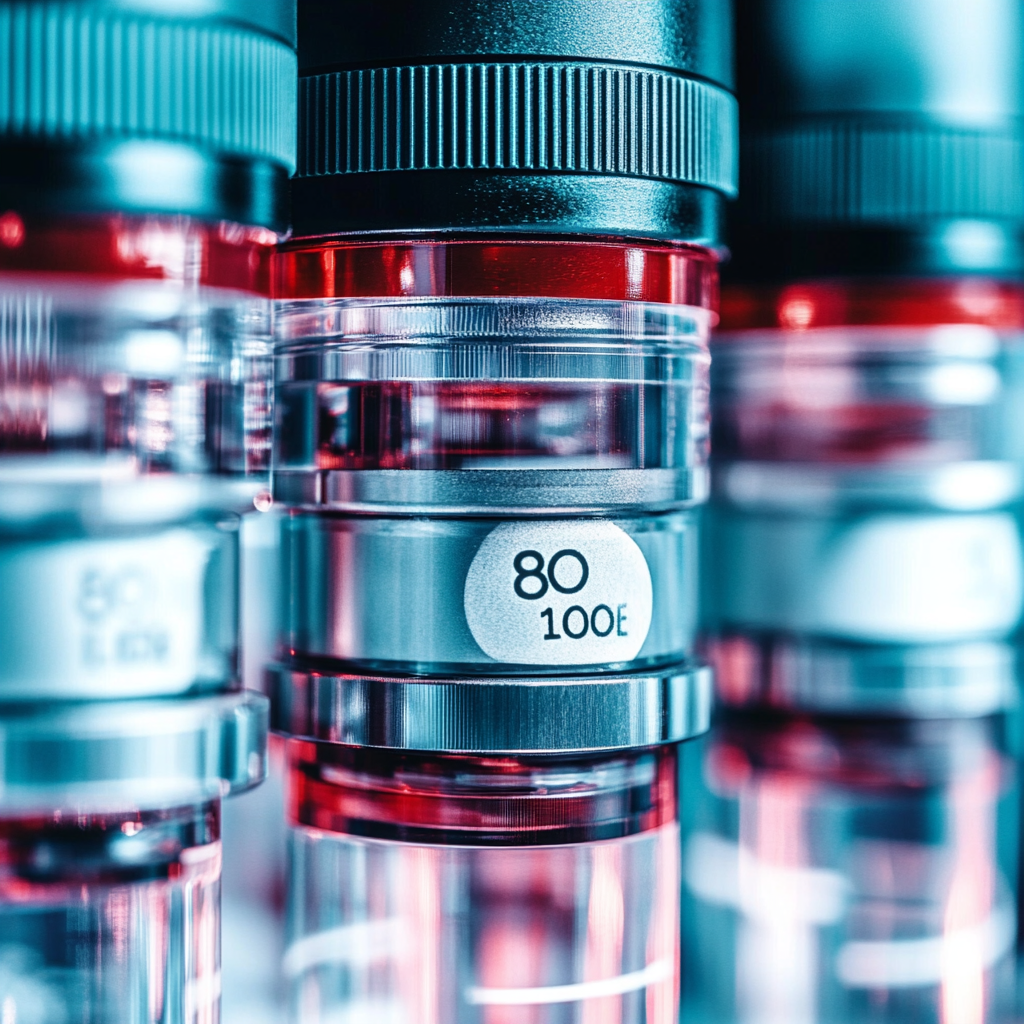J Bodyw Mov Ther. 2025 Jun;42:236-242. doi: 10.1016/j.jbmt.2024.12.007. Epub 2024 Dec 15.
ABSTRACT
OBJECTIVE: To determine the effectiveness of conventional physical therapy with and without mirror therapy on phantom limb pain and improving adjustment to limitation among prosthetic users.
DESIGN: Single blinded Randomized controlled trial.
SETTING: University of Lahore Teaching Hospital (UOLTH), Lahore.
SUBJECTS: Study enrolled 36 unilateral lower limb amputees diagnosed with PLP with pain intensity of minimum 3 on Numeric Rating Scale (NRS).
INTERVENTIONS: Participants received treatment based on the level of amputation and respective assessment. Group A received four weeks of mirror therapy followed by routine physical therapy while Group B received routine physical therapy only including strengthening, stretching, isometric exercise.
MAIN MEASURES: Severity of Phantom limb Pain was measured with Numeric Rating Scale (NRS) while The Trinity Amputation and Prosthesis Experience Scale (TAPES) assessed the limitation in daily life. Measurements were taken at baseline, at the end of 2nd and 4th week.
RESULTS: Among total, 18 patients received mirror therapy along with routine physical therapy and 18 received routine physical therapy alone. The mean (S.D) age of participants in Group-I was 35.22 ± 6.33 while in Group-II was 36.33 ± 6.30.At baseline, both groups (experimental and control group) were comparable for both NPRS (6.17 ± 1.80 and 6.33 ± 1.74) and Adjustment to limitation on TAPES scale (12.78 ± 4.36 and 11.72 ± 3.69). MT along with routine physical therapy significantly reduced the intensity of PLP at the end of 4th week (2.27 ± 1.17 and 4 ± 1.37). While on TAPES observable changes were recorded in Adjustment to limitation (19.67 ± 2.54 and 16.00 ± 3.97).
CONCLUSION: Mirror Therapy as an additional approach along with routine physical therapy over four weeks was more effective than conventional therapy only in managing severity of PLP and significantly improved adjustment to limitation.
PMID:40325675 | DOI:10.1016/j.jbmt.2024.12.007
